1. Aid Plants With Hydrogen Peroxide
Supplies Needed:One gallon of water
3% hydrogen peroxide
Cost to Make:
$8.49 for each 16-ounce jug
Overview:
Hydrogen peroxide (H₂O₂) is often misunderstood when it comes to its effects on plants. Contrary to popular belief, it can be beneficial rather than harmful. Key Benefits:
Oxygen Addition: Hydrogen peroxide breaks down into water and oxygen, providing extra oxygen to plant roots, which can enhance their growth and health. Improved Aeration: The introduction of oxygen helps improve soil aeration, promoting healthier root systems. Conclusion
Using a solution of hydrogen peroxide can be a valuable addition to your plant care routine. By adding oxygen to the roots, it supports overall plant health, making it a useful tool for gardeners.
 Plants Can Benefit From Hydrogen Peroxide
Benefits:
Plants Can Benefit From Hydrogen Peroxide
Benefits:Fungal Treatment: Hydrogen peroxide effectively treats fungal development on plant roots by breaching fungal cell walls, killing the fungus, and preventing further growth. Healing Acceleration: The application of hydrogen peroxide speeds up the healing process for affected plants. Preparation:
Dilution Ratio: Mix one tablespoon of 3% hydrogen peroxide (H₂O₂) with one gallon of water to ensure the solution is adequately diluted.
Application:
Preventative Measure: If using this mixture as a preventative measure, spray your plants once a week to maintain plant health and prevent fungal issues.
Conclusion
Incorporating hydrogen peroxide into your plant care routine can provide significant benefits, particularly in treating and preventing fungal infections. Regular application can enhance plant resilience and overall health.
Recommended Reading: Cats Being Funny Without Meaning To Be
You are viewing page 1 of this article. Please continue to page 2


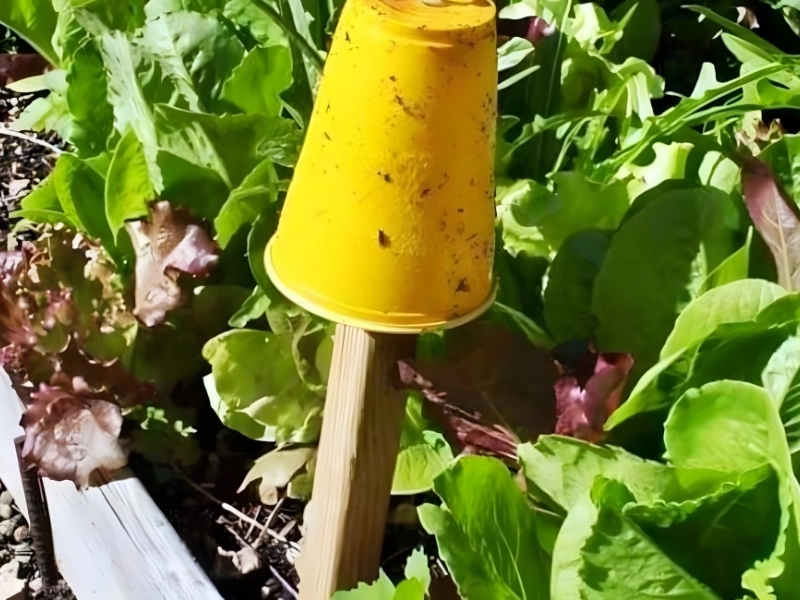
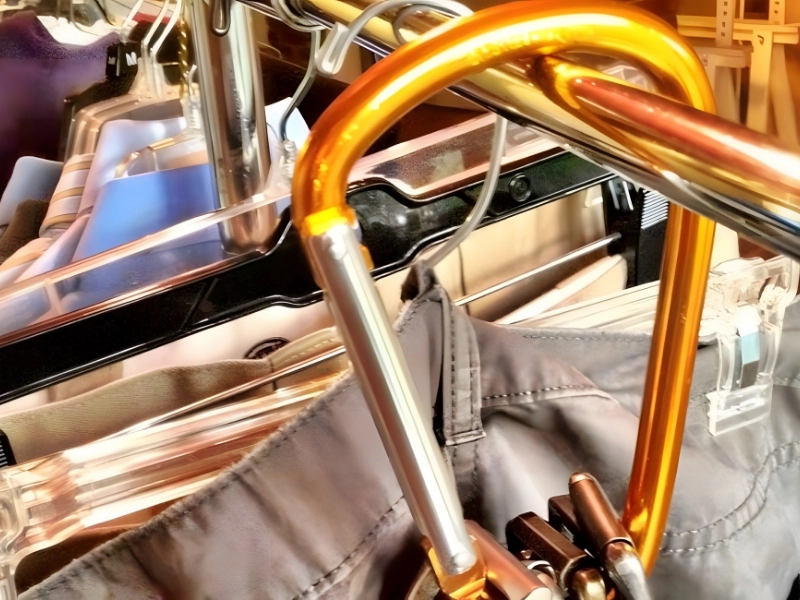


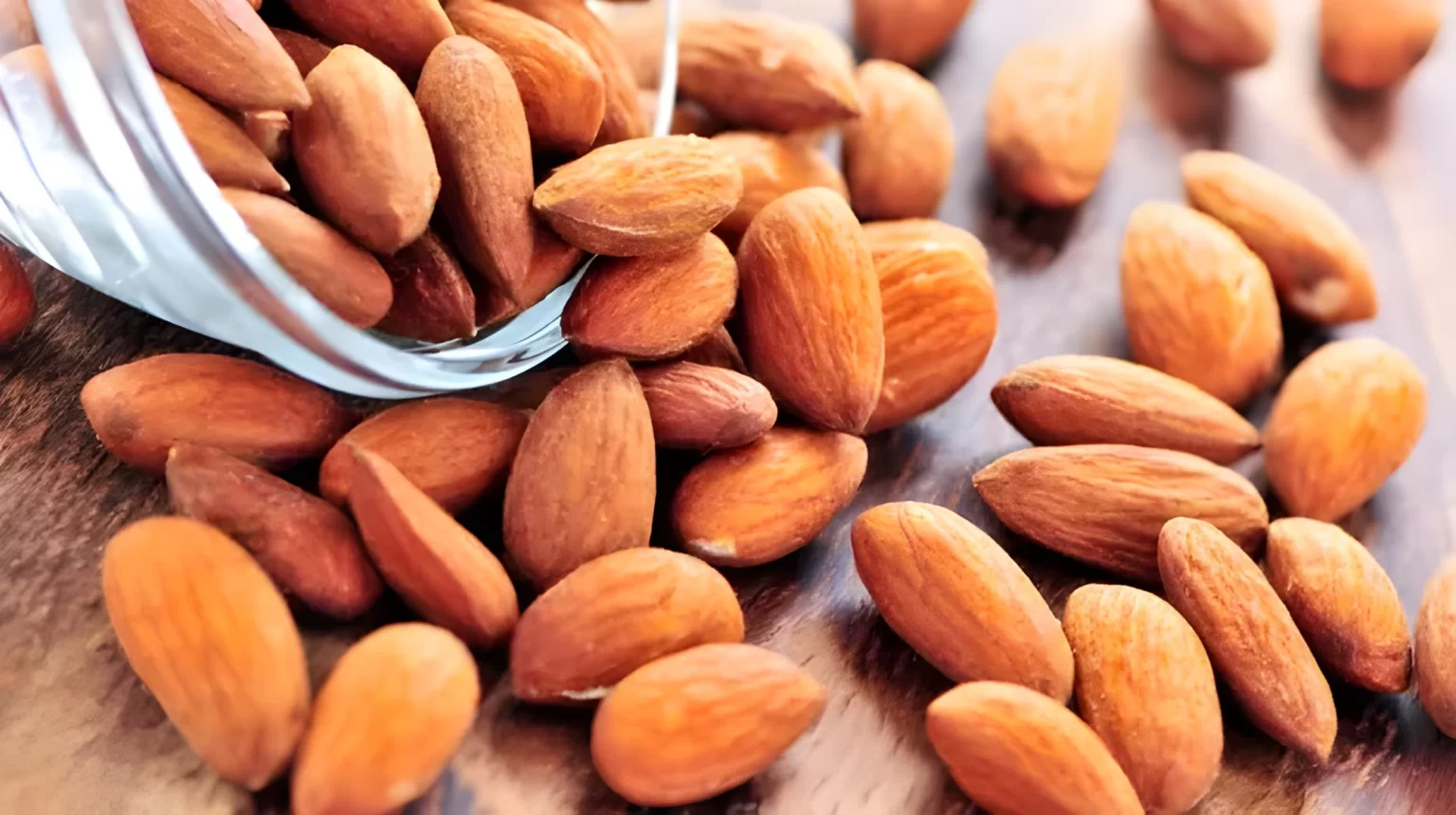

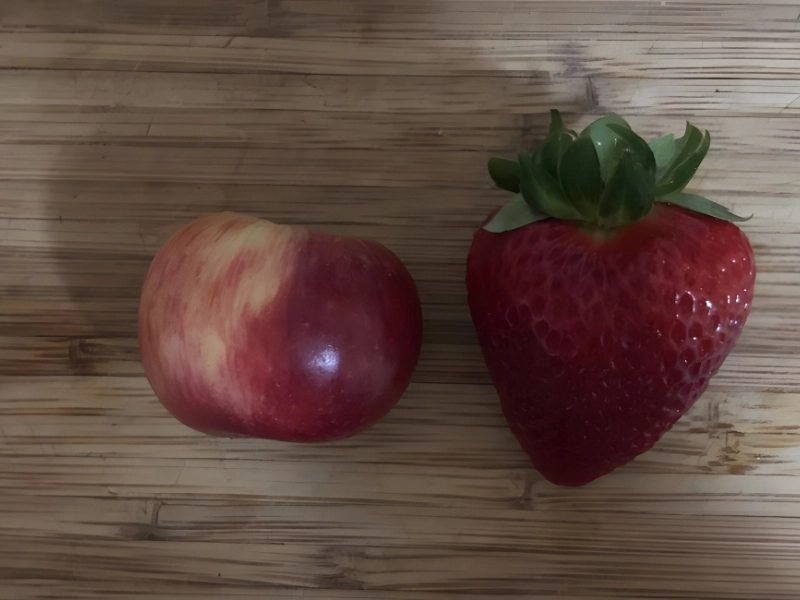

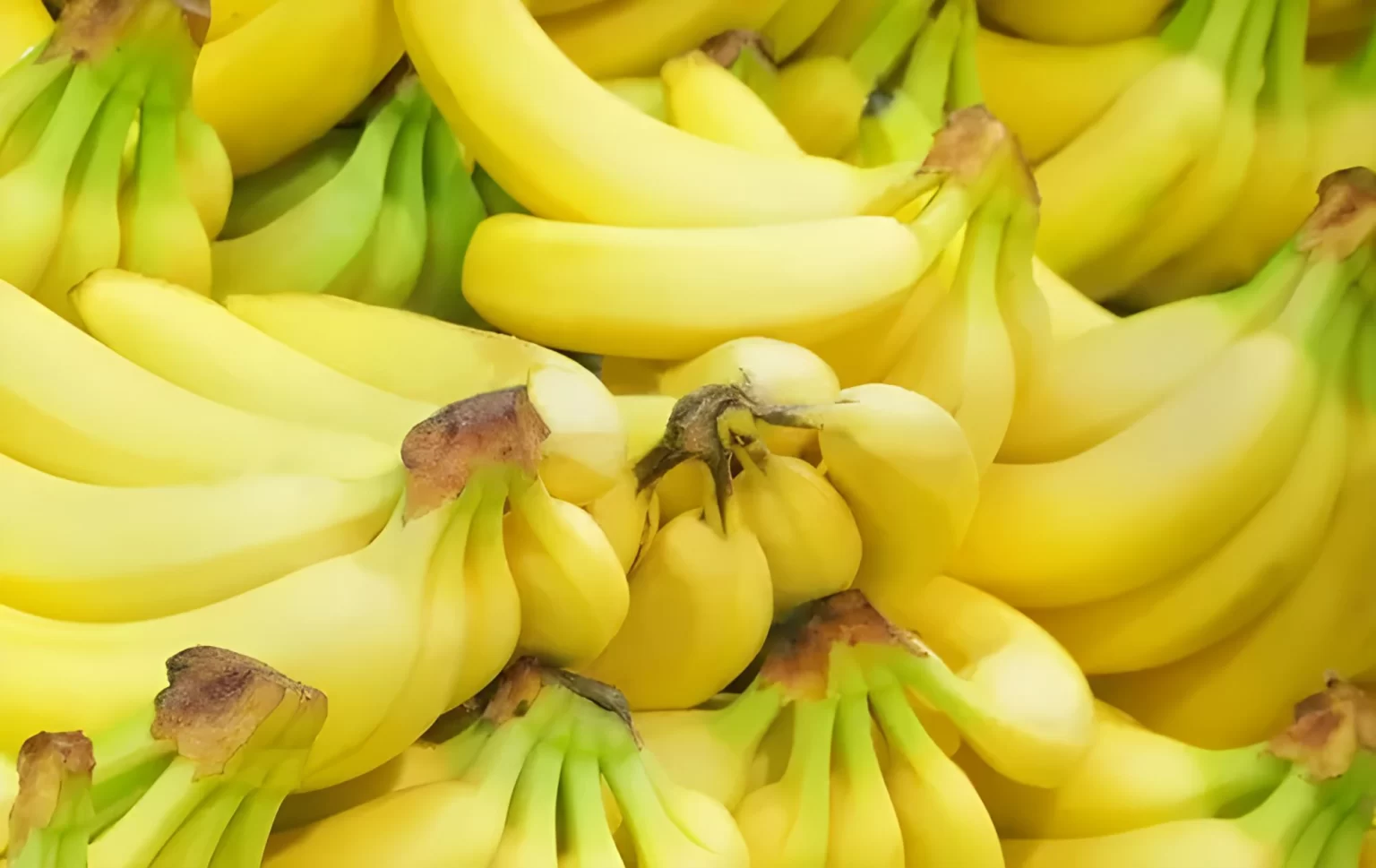



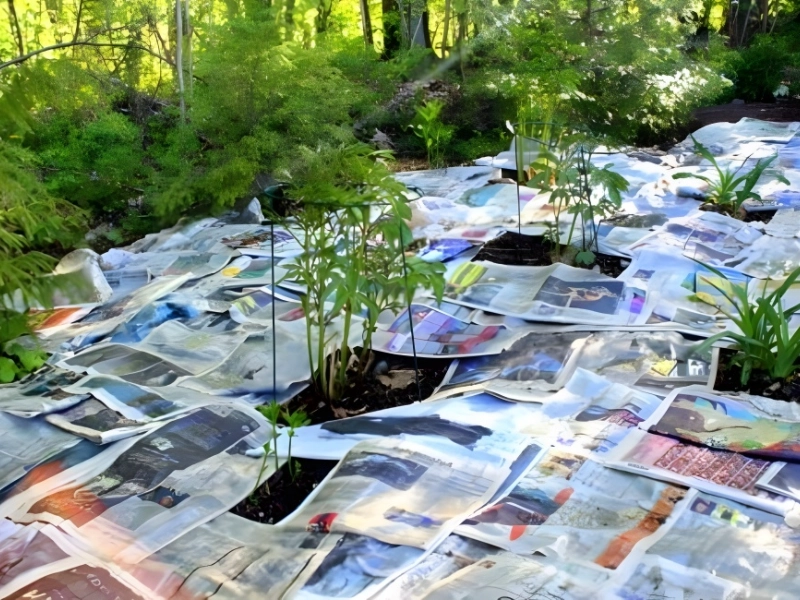
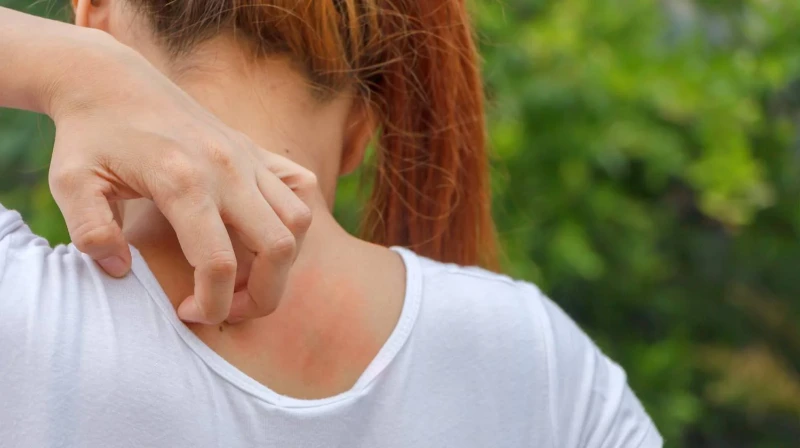



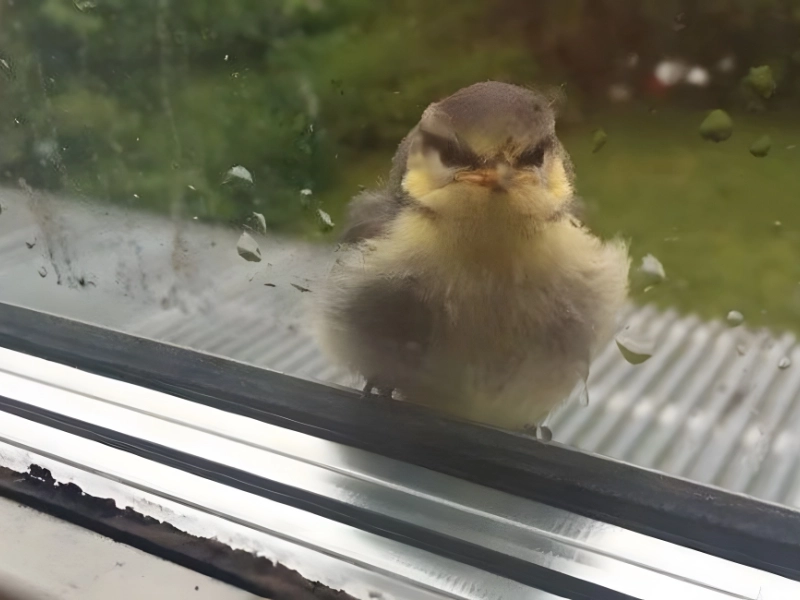


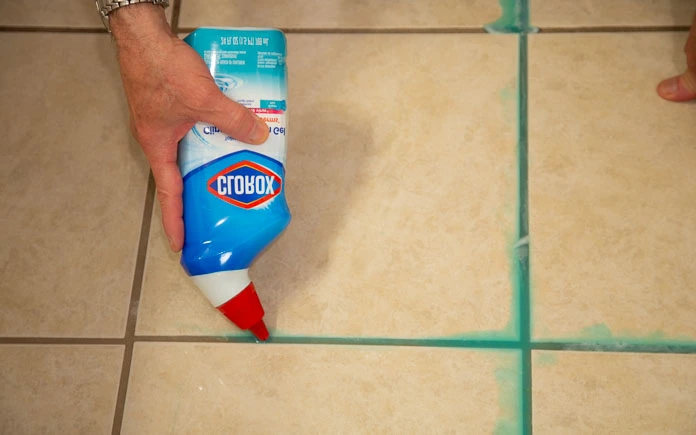
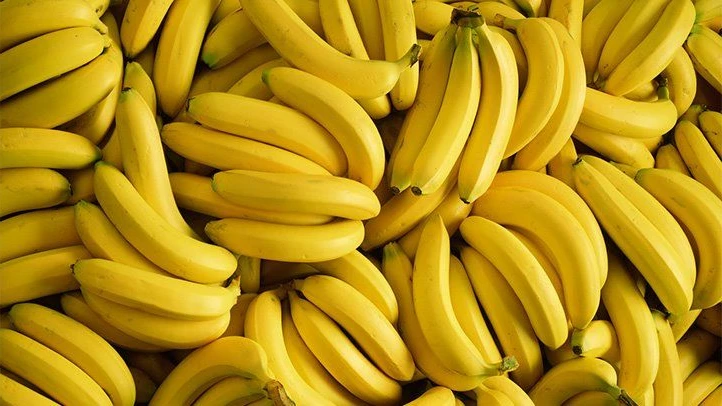
Let’s build a mini experiment.
That’s a resilience builder.
Refactor my approach? Probably.
Reframing my default stance.
Allows healthy experimentation loops.